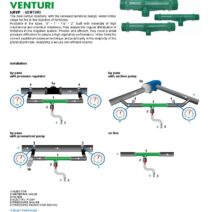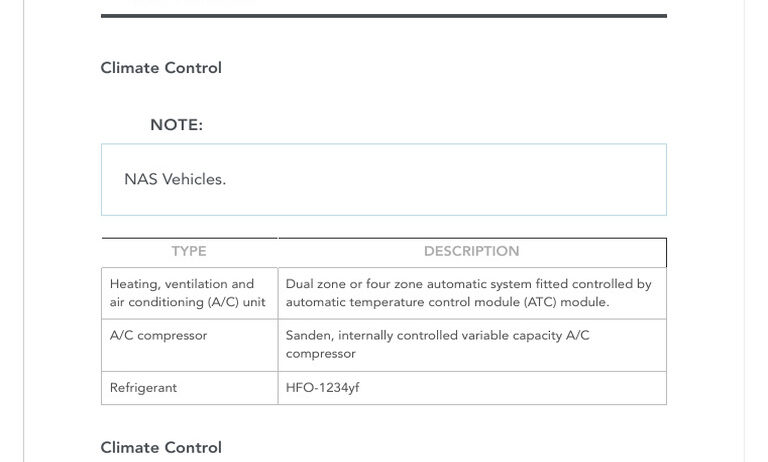Climate control is an intricate tapestry woven from technology, design, and the essential human need for comfort. As our conversations increasingly pivot towards sustainability and energy efficiency, understanding climate control systems becomes paramount. This article delves into what climate control is, its mechanisms, and the visual and environmental aesthetics it can provide to our living spaces.
At its core, climate control refers to the various systems designed to regulate the indoor environment’s temperature, humidity, and air quality. This management is vital for creating environments conducive to both comfort and health. As a concept, it transcends mere temperature management; it embodies a comprehensive approach to environmental mastery within residential and commercial spaces.
The Science of Temperature Regulation
The primary goal of climate control systems is to maintain thermal comfort. Thermal comfort is the state of mind that expresses satisfaction with the surrounding thermal environment. Achieving it involves techniques that can precisely manipulate temperature. The components of climate control include cooling and heating systems, ventilation, and humidity control. Central heating and cooling systems are typically powered by either electricity or fossil fuels, and they operate through intricate networks of ducts or radiant heat delivery systems. Each system is designed to distribute conditioned air effectively throughout a building, ensuring each room achieves the desired temperature.
Heat pumps, for instance, are versatile devices that can provide both heating and cooling. The allure of heat pumps lies in their ability to transfer existing heat rather than generate it outright, showcasing a pivotal innovation in energy-efficient climate control. This dual functionality not only enhances comfort but also promotes sustainability, as heat pumps often use far less energy than traditional heating methods.
Yet, temperature regulation is only one facet of the broader climate control landscape. Effective systems must also manage humidity. High humidity levels can create discomfort, fostering an environment conducive to mold and mildew growth. Dehumidifiers play an essential role in mitigating excess moisture, contributing to improved air quality and comfort. Conversely, in arid climates, humidifiers introduce necessary moisture back into the air, avoiding the discomfort associated with dry conditions.
Ventilation: The Unsung Hero
A pivotal aspect of climate control that is frequently overlooked is ventilation. Proper ventilation ensures that indoor air remains fresh, minimizing pollutants and allergens that accumulate in sealed environments. There are two main types of ventilation: natural and mechanical. Natural ventilation harnesses wind and thermal buoyancy to circulate air, while mechanical ventilation employs fans and ducts to create controlled airflow.
Moreover, modern climate control systems employ advanced technology, such as heat recovery ventilators (HRVs) and energy recovery ventilators (ERVs). These ingenious systems not only improve air quality but also optimize energy efficiency. By recovering energy from outgoing stale air and using it to pre-condition incoming fresh air, HRVs and ERVs maximize heating and cooling efficacy while minimizing energy expenditure.
This marriage of form and function in ventilation systems brings an aesthetic appeal that resonates with contemporary architectural design. With sleek, unobtrusive ductwork and strategically placed vents, these systems can blend seamlessly into the fabric of a home or office, contributing to a space’s overall design integrity while serving their crucial role.
The Aesthetic Dimension of Climate Control
Climate control is often seen through the lens of functionality, but it also has a profound aesthetic dimension that deserves exploration. The incorporation of stylish thermostats, concealed ductwork, and elegant register grilles contributes not only to a building’s comfort but also enhances its visual allure. The modern trend towards smart home technology has ushered in an era of climate control that fuses efficiency with an elegant touch. Smart thermostats, for instance, offer intuitive interfaces that allow users to customize their climate settings, all while integrating with home décor.
Additionally, design choices, such as the integration of natural elements, can create inviting atmospheres that elevate the aesthetic experience. Using a combination of color, material, and light can create spacious environments that feel both cozy and expansive. Textures, lighting choices, and organic materials play essential roles in defining comfortable spaces, while also reflecting an occupant’s personality.
Moreover, smart homes utilize fully integrated systems that respond to the occupants’ needs throughout the day. By automatically adjusting temperature and lighting based on occupancy and external environmental conditions, these systems not only enhance physical comfort but also create dynamic living spaces that adapt to users’ lifestyles.
Addressing Environmental Impact
As discussions around climate change and environmental degradation become ever more urgent, it is essential to consider the ecological footprint of climate control systems. The ongoing evolution towards greener alternatives has birthed technologies that optimize energy usage and minimize carbon emissions. Integrating renewable energy sources, such as solar power, with climate control technologies is becoming increasingly feasible. Solar panels can provide the necessary energy to power heating and cooling systems, significantly reducing reliance on fossil fuels.
Moreover, energy-efficient appliances and smart home technology can track energy consumption and employ algorithms that optimize usage patterns. These advanced systems adapt based on real-time data, ultimately creating a more sustainable way to manage indoor climates. Such approaches highlight climate control as not merely a convenience but as a pivotal element in addressing global environmental challenges.
In conclusion, the realm of climate control transcends beyond simple temperature regulation. It embodies a sophisticated interplay of science, design, and sustainability. By understanding its complexities and the myriad systems at work, individuals can make informed choices that enhance their comfort while preserving the environment. As technology continues to evolve, days filled with relentless heat waves or icy blasts may become relics of the past, replaced by climate-controlled sanctuaries that harmonize comfort, aesthetics, and environmental responsibility.





